According to the report of Nha Trang City People's Committee, through survey, coral reefs in Hon Mun area show signs of good recovery, coral coverage in some places is up to more than 74%. However, scientists say that to assess the recovery of coral reefs in Nha Trang Bay in general and Hon Mun area in particular, more careful surveys are needed... In reality, coral restoration is still difficult.
There are signs of good recovery.
From the current situation of coral reefs in Nha Trang Bay being degraded (especially in Hon Mun), with the consultation of scientists, the Provincial Party Committee and the Provincial People's Committee have directed Nha Trang City to let the sea "rest" so that the coral reefs can recover on their own and prevent pressure from uncontrolled activities. This is also the best time for the Nha Trang Bay Management Board (BQL) and relevant state management agencies of the province to learn from experience, prepare new plans, strengthen the interdisciplinary working team on the bay, in parallel with the implementation of coral and coral reef restoration activities throughout the bay, prioritizing the Hon Mun sea area, including diving to clean up plastic waste and broken coral branches in the reef areas... All of these instructions have been included in the Nha Trang Bay Restoration Master Plan.
 |
| Nha Trang Bay Management Board staff dive to collect trash to clean the marine environment in Nha Trang Bay. |
Since June 2022, when Nha Trang Bay Management Board stopped diving activities to create conditions for coral reefs to recover on their own, every 3 months, the Board's diving team goes diving to collect images and measure the growth of corals to assess signs of recovery. Showing us footage of corals in Hon Mun, Mr. Nguyen Duc Minh Tan (diver of Nha Trang Bay Management Board) shared: “The corals in Hon Mun are only about 10m deep compared to the water surface, so diving to survey and evaluate is also convenient. After diving to the bottom, we started to pull the tape measure along the length of the coral area to measure coverage. The tape measure was pulled 100m each time, every 20m, we recorded the coral species. As we dived and measured, the divers recorded to have high accuracy. Along with coral screening, the divers also performed the task of evaluating the bottom components, biodiversity, fish and invertebrates at the bottom of Hon Mun”. Diver Pham Thuy Phong Tinh said that in addition to diving to evaluate the coral ecosystem, every 2 weeks, they go to Hon Mun sea to collect trash and handle crown-of-thorns starfish (a natural enemy of coral).
According to the report of Nha Trang Bay Management Board, after more than 1 year of "rest to recuperate", the coral reef ecosystem in Hon Mun has significantly recovered. Mr. Dam Hai Van - Deputy Head of Nha Trang Bay Management Board said that according to the results of screening and assessment in July 2023, in the northern and southwestern areas of Hon Mun (the area less affected by storms and undertows), the coverage of live coral (including hard and soft corals) is about 74.5%, in the good ranking scale (51 - 75%); the northwest and west areas of Hon Mun (due to the impact of storm No. 9, December 2021) show signs of recovery in previously degraded coral substrates. In addition to Hon Mun, the Hon Chong sea area and the sea area opposite Dang Tat Street, corals are also in the process of recovery. In particular, the sea area opposite Dang Tat Street has a coral area of about 7.5 hectares and has a higher biodiversity than the Hon Chong sea area. This area has well-developed corals, with a coverage of 50 - 60%, including large reef-forming hard corals and many species of soft corals, seagrass beds, and seaweed, so it attracts many aquatic species to live, at the time of the survey there were many schools of juvenile fish residing.
There needs to be a survey and evaluation by scientists.
Although there have been signs of recovery, Dr. Vo Si Tuan - former Director of the Institute of Oceanography said that more thorough surveys are needed to assess the recovery of coral reefs in Nha Trang Bay. "Through a recent survey, I found that the southern areas and some points in the northwest of Hon Mun are coral reefs that are less impacted and less damaged, not newly restored coral reefs, because in fact these are Porites branch corals, not Acropora corals. Some points in the northeast of Hon Mun such as Mama Hanh beach, coral reefs show signs of recovery, but in an unfavorable direction, because the species that thrive here are hydrocorals, not hard corals that create good reefs" - Dr. Vo Si Tuan said. Similarly, Dr. Hoang Xuan Ben - Deputy Director of the Institute of Oceanography said that the Nha Trang Bay Management Board's assessment that the coral reefs in Hon Mun have recovered well is somewhat "optimistic". To assess the restoration of coral reefs in Nha Trang Bay in general and Hon Mun area in particular, a survey with the participation of specialized scientists is needed.
According to scientists with many years of experience in oceanography, there are two ways to restore coral reefs: creating conditions for natural restoration and artificial restoration by moving coral seeds for planting. Of which, natural restoration is the best, but before proceeding, it is necessary to check and evaluate whether the natural bottom is still good, and whether there are still local seed sources. Artificial coral reef restoration is very expensive and depends heavily on available seed sources, so it is difficult to carry out on a large scale. According to Mr. Ben, the Institute of Oceanography has tested coral restoration in Nha Trang Bay in 2004, 2013, 2015, 2016 and 2018. Thereby, 9 species of hard corals with the ability to restore in Nha Trang Bay were identified with a survival rate of more than 60% and an average growth rate of 0.4-6.5mm/month. This result has brought certain effects in restoring and increasing coral coverage. However, the survival rate of restored corals in Nha Trang Bay is not equal to that of the restoration sites in Ly Son, Binh Dinh, and Con Dao. The biggest difficulty in restoring corals in Nha Trang Bay today is that the Acropora species is too rare.
According to Dr. Vo Si Tuan, one of the most important tasks in the Nha Trang Bay Master Plan is the artificial restoration of coral reefs, which has not yet been carried out. “I have heard a lot about the restoration of artificial coral reefs, but so far, I have not seen any specific reports. As far as I know, there are currently a number of private enterprises that are restoring corals, but the implementation is not based on scientific grounds, and they are even doing it wrong by digging up live corals from other places to plant. At first, the corals may look very beautiful, but over time, if they are not compatible with the environment, they will gradually die. In addition, some enterprises bring hydrocoral corals to plant, not corals,” said Mr. Tuan. Currently, there are very few Acropora corals left, and if you are not careful, you can lose the source of the corals. The best solution is to build a nursery, then bring them to the place that needs restoration.
Join hands to protect and restore biodiversity
Nha Trang Bay has outstanding values at the national and international levels, and is located in a marine area with distinct characteristics, favorable for conservation and development. Therefore, the bay has received different titles at the national and international levels, so the Hon Mun Marine Protected Area - one of three international demonstration marine protected areas - has been expanded to the entire Nha Trang Bay with the value of a globally beautiful bay. The task of managing and conserving the biodiversity of Nha Trang Bay is too large while the means, human resources and authority of the Nha Trang Bay Management Board are limited, which has greatly affected the effectiveness of conservation work. According to Associate Professor, Dr. Nguyen Chu Hoi - Permanent Vice President of the Vietnam Fisheries Association, the biggest limitation in the conservation of Nha Trang Bay is the lack of an inter-sectoral coordination mechanism, the lack of resource mobilization from the participation of people and businesses - those who enjoy the values of the beautiful bay. Therefore, the Nha Trang Bay Restoration Master Plan has dedicated a task and solution to strengthen the state management capacity of the Nha Trang Bay Management Board within the Comprehensive Development Framework (CDF) of Nha Trang City by 2030 - a livable, classy, sustainable river and sea city, in which Nha Trang Bay is an inseparable green sea urban space. In particular, the Nha Trang Bay Restoration Master Plan also boldly included the pilot task of building an international marine ecological area under the public-private partnership mechanism. If successful, this model will also reduce difficulties for the Management Board and can contribute to the institutionalization of the marine protected area governance model nationwide.
Regarding the issue of public-private partnership in preserving and promoting the value of Nha Trang Bay, Dr. Vo Si Tuan said that previously, the Institute of Oceanography had a scientific topic on "Enterprises participating in coral reef restoration and tourism exploitation", this is the public-private management method in preserving and promoting the value of Nha Trang Bay. "Nha Trang Bay Management Board must be responsible for protecting the core area of Hon Mun. This task cannot be assigned to enterprises. But for the remaining areas in Nha Trang Bay such as the sea around Tri Nguyen, Hon Tam, Hon Tre islands..., enterprises should be assigned to restore, manage and exploit tourism. Enterprises doing sea tourism have practical interests in participating in protection and restoration to preserve the ecosystem. It must be done this way because the State does not have enough power to preserve everything. Therefore, we have proposed that the Provincial People's Committee study and implement a pilot project", Dr. Vo Si Tuan shared.
Diving activities need to be strictly managed.
According to the report of Nha Trang Bay Management Board, there are currently 28 businesses in the city providing scuba diving services and “sea walking” with diving helmets. To facilitate businesses, Nha Trang Bay Management Board proposed to allow the opening of a number of new diving sites, but many scientists believe that this needs to be considered. Not only that, in order to restore and preserve coral reefs sustainably, it is necessary to manage scuba diving services more strictly by limiting the number of divers and only allowing guests with professional diving licenses issued by the Professional Association of Diving Instructors (PADI) or the Society of Scuba Diving International (SSI) to be allowed to scuba dive to see coral instead of allowing it to be done in general as it is now.
Mr. Thai Khang - an experienced scuba diver said that many countries such as Australia, Indonesia, Malaysia... all strictly manage scuba diving activities. For example, in 2004, Sipadan Island in Malaysia was recognized as an ocean park and became a carefully protected area. Since 2005, tourists who want to scuba dive at Sipadan must make a reservation in advance because each day the island's authorities only allow 120 people to go underwater with the aim of preserving the coral reefs here...
XUAN THANH - THAI THINH
Part 1: “Healing wounds” for marine ecosystems
Part 3: Much work to do
Source



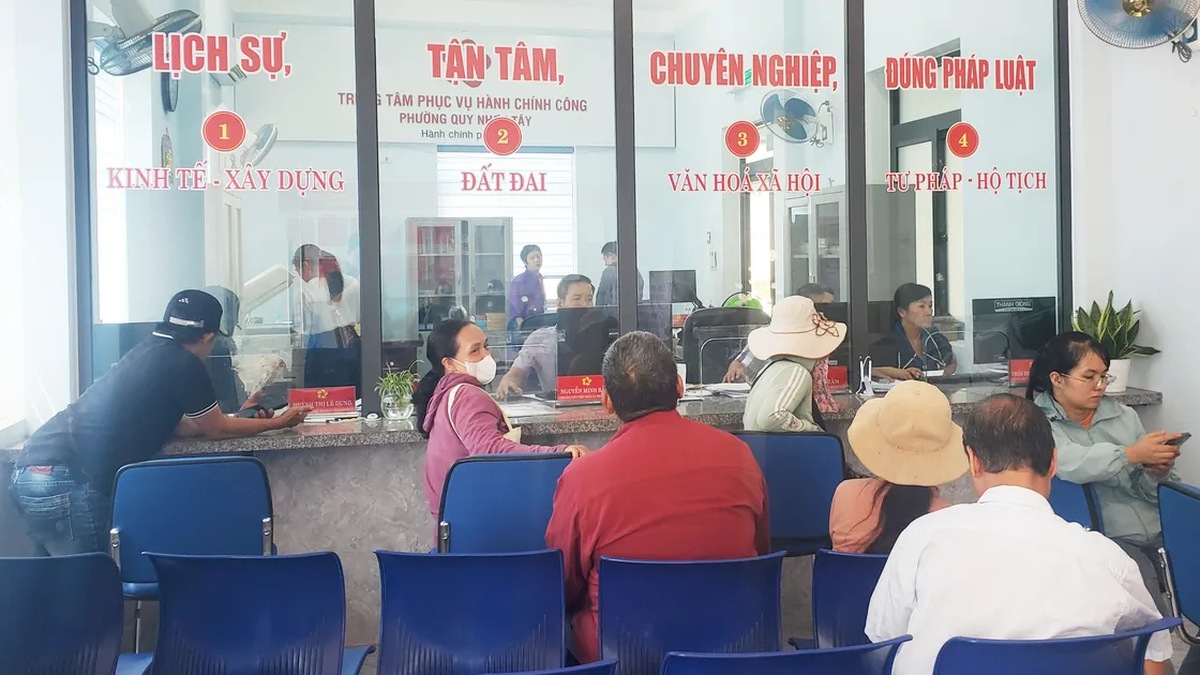

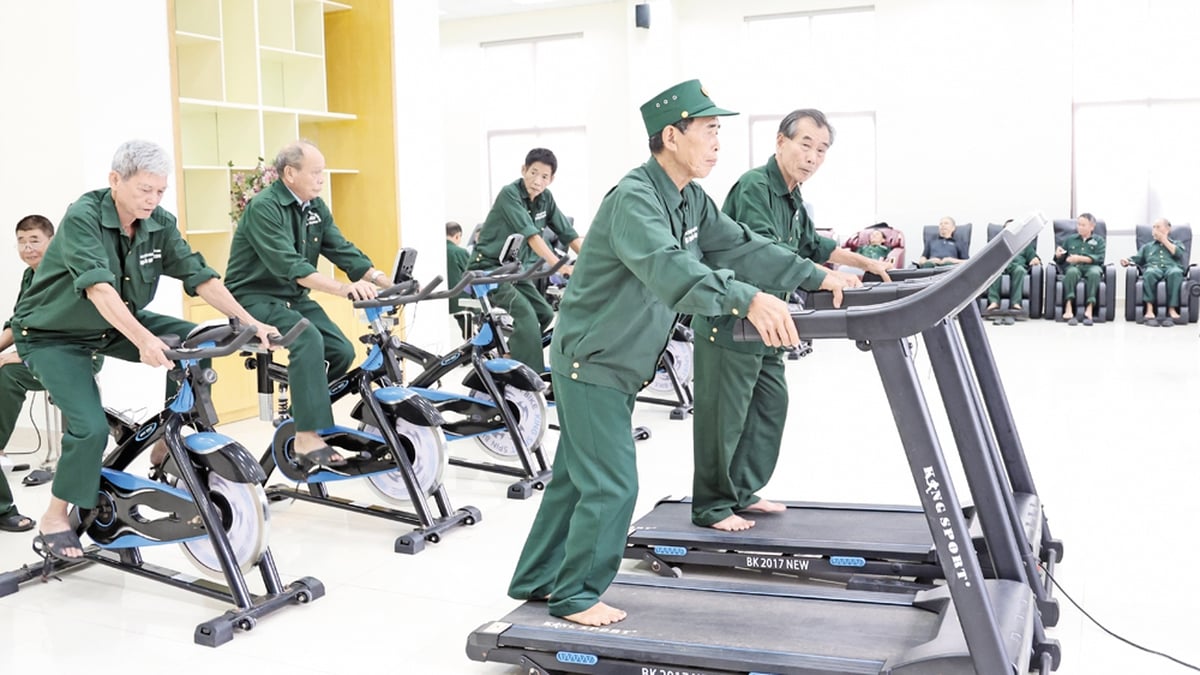
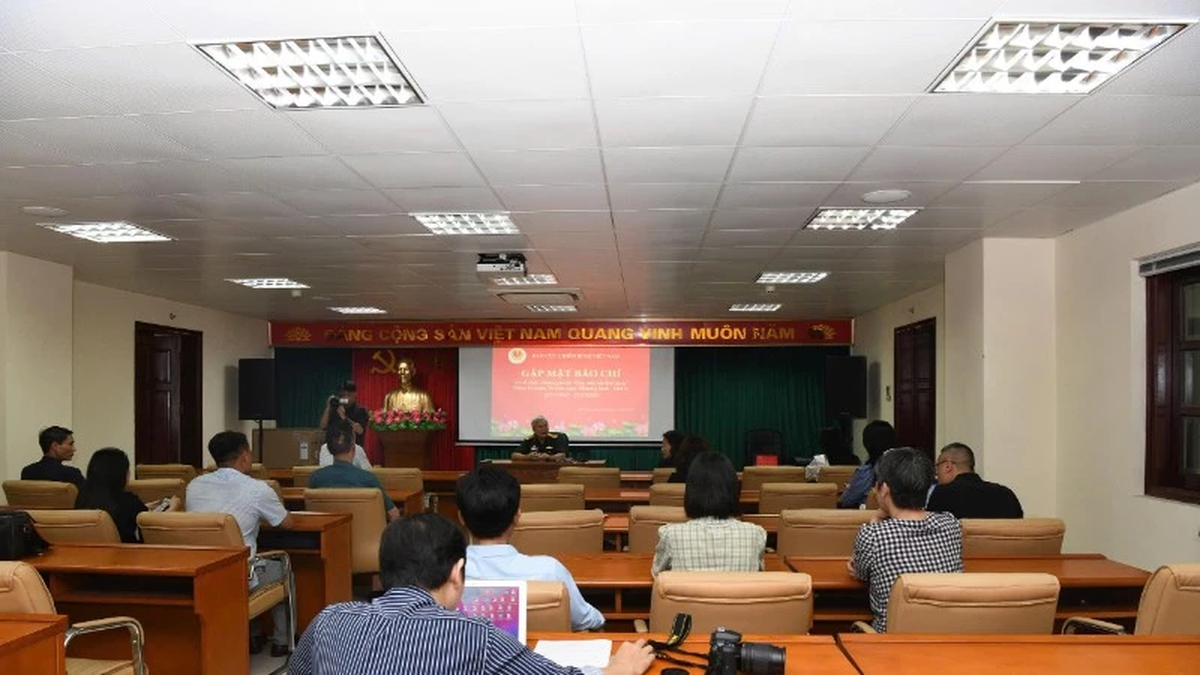
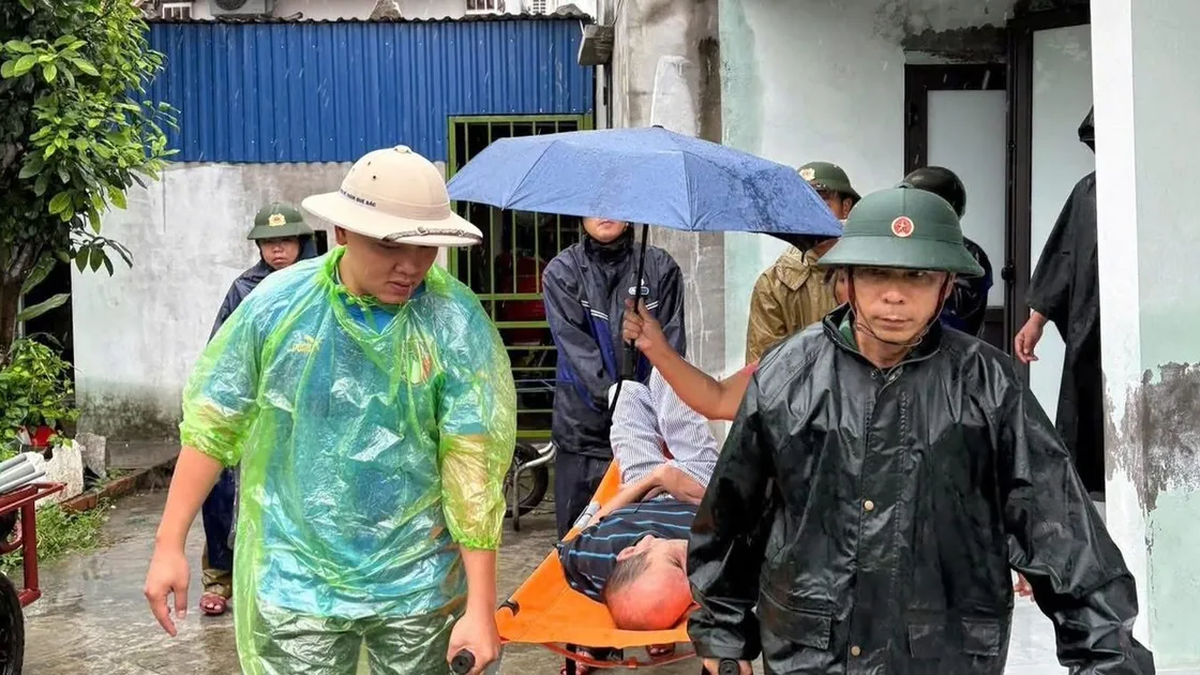

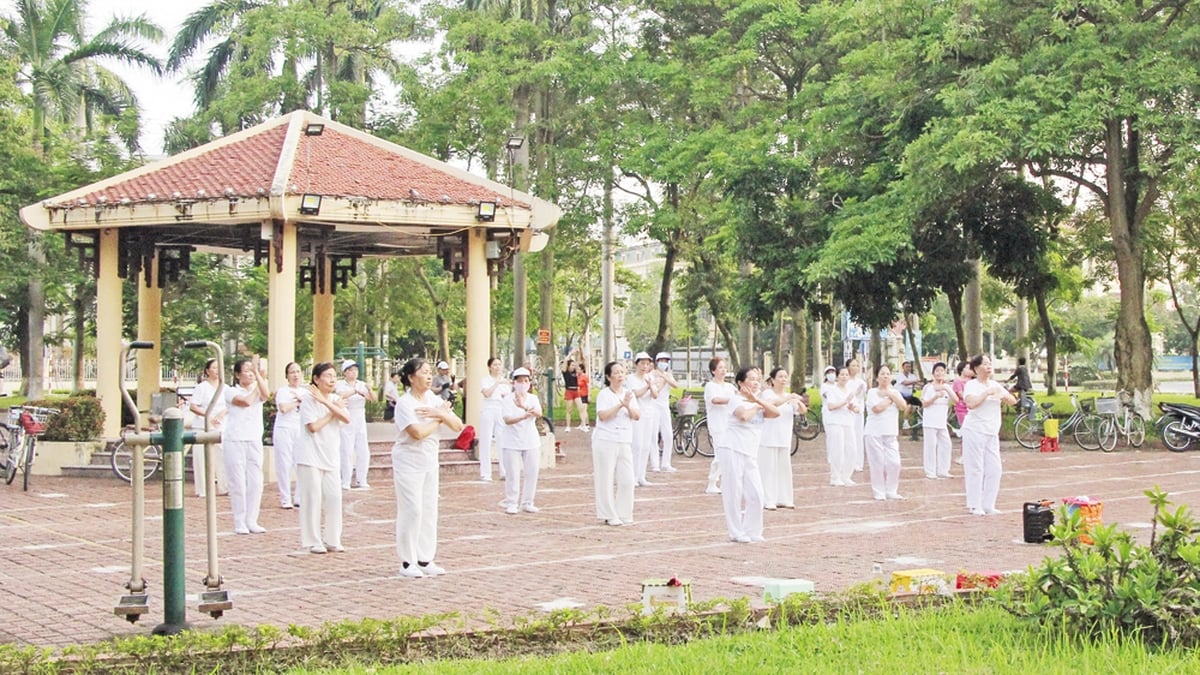
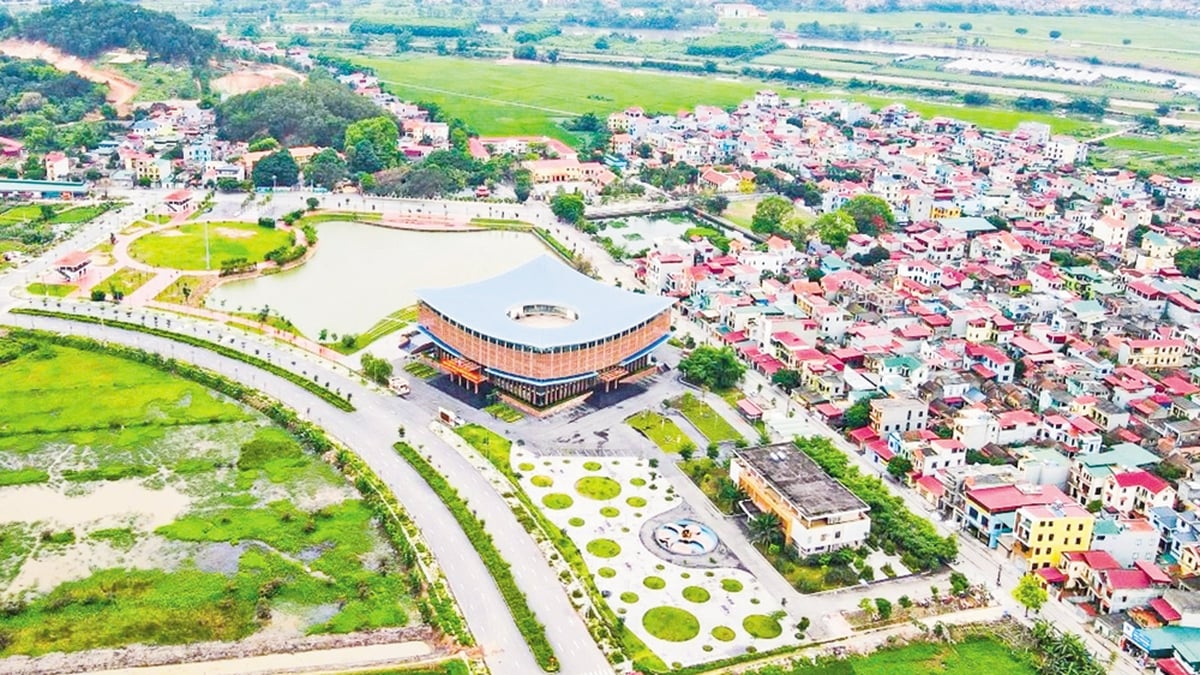



















![[Photo] National Assembly Chairman Tran Thanh Man visits Vietnamese Heroic Mother Ta Thi Tran](https://vphoto.vietnam.vn/thumb/1200x675/vietnam/resource/IMAGE/2025/7/20/765c0bd057dd44ad83ab89fe0255b783)






































































Comment (0)